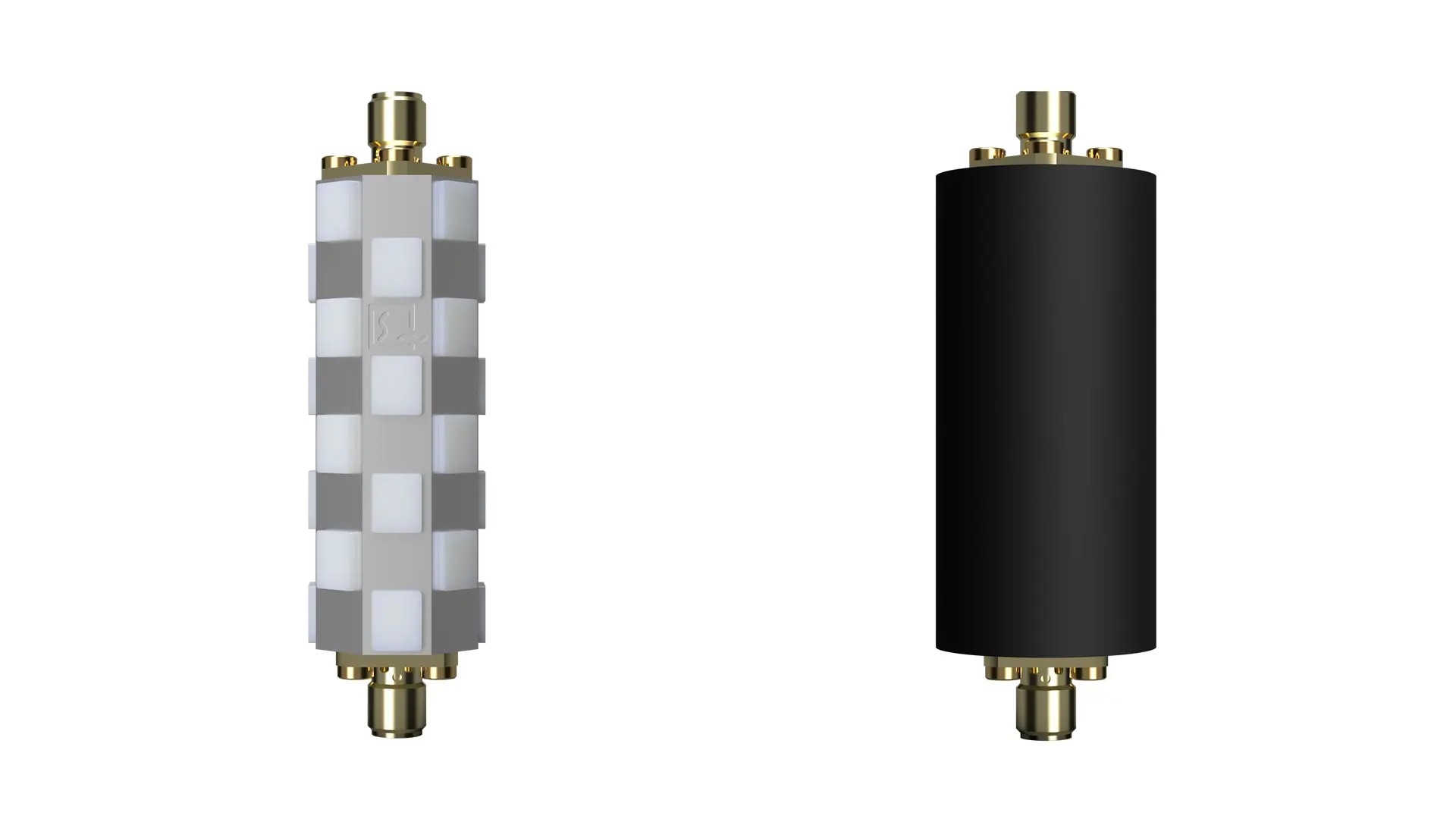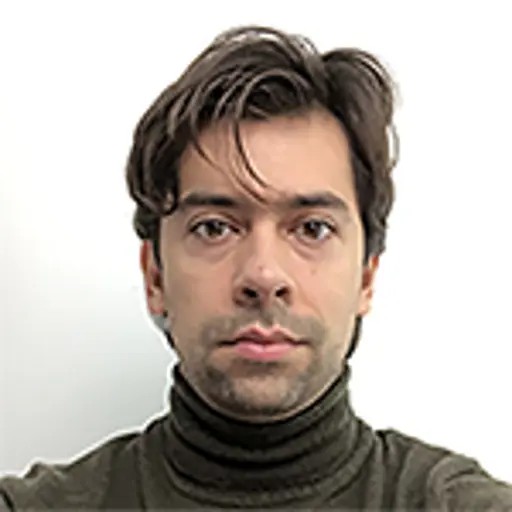
Sweden Quantum was founded in the spring of 2022 by Simone Gasparinetti and Robert Rehammar from the Department of Microtechnology and Nanoscience. In January 2023, Linus Andersson, a master’s student at MC2 joined and is now the CEO of the start-up.
What does Sweden Quantum do?
“We develop hardware for quantum computers and other cryogenic technologies. Right now, we are focusing on a new type of infra-red blocking filter which does not have the shortcomings that other infra-red filters do “, Linus explains.
Infra-red filters have been used for a long time in quantum computing research, but they rely on absorbing materials to filter the microwave signals sent to the quantum computers which causes high losses in the passband and distorts the signals. Resonant filters are also used but are not good at blocking infra-red noise. Sweden Quantum has developed a filter that does not rely on either absorptive or resonant effects, resulting in low passband loss and high attenuation in the stopband, which are two highly desirable properties.
Why did you decide to start Sweden Quantum and what does the future hold?
“It was a gap to fill, to integrate knowledge from microwave engineering with knowledge from quantum computing. We are trying to support those actors that are building a quantum computer, both within industry and academia. We want to bring out exciting new solutions and products that can support the effort in building a fully functional quantum computer and we have many ideas in mind. This filter has already got a lot of interest and we are currently delivering our first units” says Simone.
“We believe these filters can become a standard component used in quantum computers. They might also be of interest for the space industry where you have very sensitive instruments, for example in satellites” Linus adds.
How has Chalmers been a help in the process?
“Through funding from the Wallenberg launch pad, we can continue the research and development of these filters here at Chalmers. This is very good since we have access to the excellent equipment and infrastructure from Chalmers” says Linus.
“We would be happy to interact and collaborate more with research groups from Nano Area of Advance. There is a possibility to have an arrangement in which we let researchers test the filter in their own experimental set-ups,” concludes Simone.

- Research Specialist, Quantum Technology, Microtechnology and Nanoscience

- Researcher, Quantum Technology, Microtechnology and Nanoscience